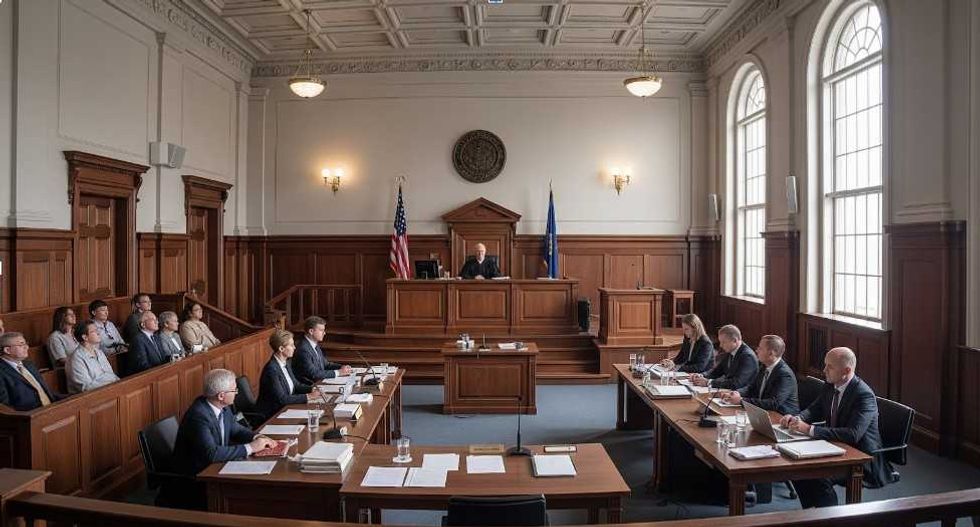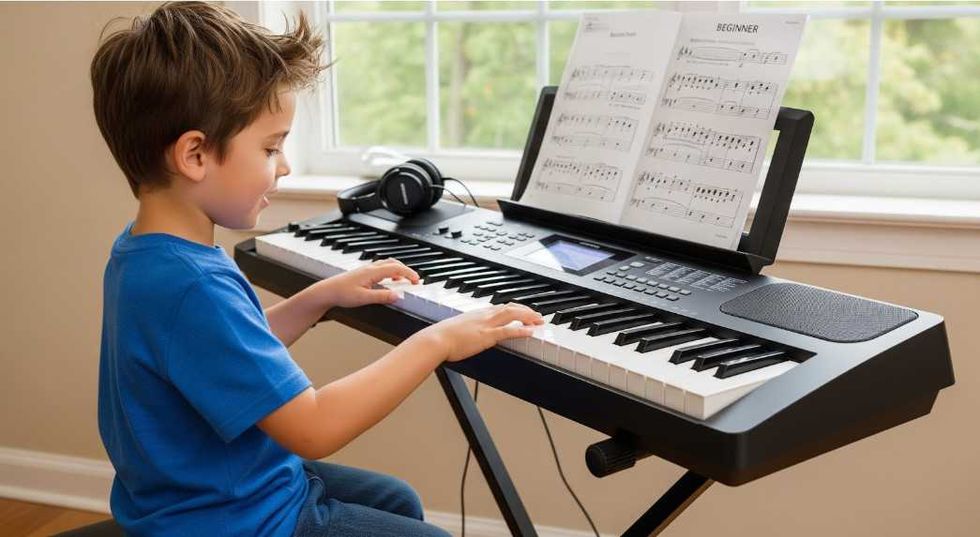Classical music and Romantic music have many differences in the sound, the style, the structure, and the mood. Both of these styles of music have had many different reflections and effects on the society that have adopted it and taken notice of it and they both had different ways of expressing their art and they have reflected their societies through society's negative or positive events that occurred during their eras and translated those events into the music that the writers wrote. Classical composers wrote their music with a more joyous mood, mainly because of the contributions that emperor Joseph II provided for Austria and Romantic composers wrote their music with a more expressive mood, mainly because of the capitalistic and inhumane ideals that plagued the era, which called for more expression from its composers, that being the purpose of it.
According to the book Listen by Joseph Kerman and Gary Tomlinson, when it comes to the music of the Classical era, “audiences wanted variety in music; composers responded by refining the rhythmic differences between themes and other musical sections, so that the differences sound more like than differences--they sound like real contrasts. The music may gradually increase or decrease its rhythmic energy, stop suddenly, press forward by fits and starts, or glide by smoothly. All this gives the sense that Classical music is moving in a less predictable, more interesting, and often more exciting way than Baroque music does.” During the time of the Classical era, which took place between 1750 and 1820, sometime between 1780 to 1790, “emperor Joseph II emancipated the peasantry, furthered education, and reduced the power of the clergy; he supported music and literature with his patronage and encouraged a free press.” This new age or reign was probably what resulted in Classical music emitting a variety of new music for the age. This variety in music was also probably brought about by what Joseph II did for Vienna. He gave Vienna more freedom for the people, which is probably why people demanded a change, so to speak, during this era. People did not have to be as restricted as they were before the time of Joseph II and this didn’t just apply to restrictions in music, but many other things like press and education, but Classical music reflects its era purely through the positive change that accompanied it, with fewer restrictions and reciprocally, the society reflects the music that was coupled with it. This, subsequently, affects the society by adding a different style to its culture and having more “variety” with respect to music and also allows people in other aspects of the media because with more freedom given to the public, the more demand there was for new music.
The Romantic era was different. During the Romantic era it is said that “since the main artistic value in the Romantic era was in the integrity of personal feeling, every genuine artist was expected to have a personal style. Many artists carried this very far, cultivating styles that were highly personal and even eccentric. Furthermore, Romanticism’s constant striving after ever-new kinds of expression put a premium on innovation; this could be seen as an exciting breaking down of artistic barriers on the one hand, and as a heroic personal breakthrough on the other.” During the time of the Romantic era, “the Romantics search for higher experience and more intense expression provoked a reaction against the restraints of artistic form and genre. Artists resisted all rules and regulations. They distrusted abstract notions of ‘beauty’ and rules of ‘decorum’ that they felt might hamper their spontaneity and against these rules that were overturned by the Romantics, they cited the works of Shakespeare, where tragedy mixes with farce and the Romantics were inevitably cast in the role of the rebels against the established order.” The Romantic era took place in the late 1820s, sometime after the French Revolution, which was in the 1780’s. Artists, such as Berlioz, Wagner, Verdi and Mendelssohn strove to make their music more similar to that of Shakespeare’s work, since much of Shakespeare's work was primarily. These writers wrote music for emotional expression of oneself, which was their main objective during this era. This was illustrated through history after the chain reaction of events from the French revolution and Napoleon's defeat at Waterloo in 1815, when the Romantics are characterized as “rebels against the established order.” They are called rebels because they are trying to attain more self-expression in their art, since “the Industrial Revolution had already begun its inexorable course, and increasingly as the nineteenth century went on, people felt their helplessness in the face of the factories, slag heaps, and inhumane working conditions of developing capitalism. There was an understandable element of escapism in Romantic striving.” The artists of this era wanted to be set free of these unjust aspects of the society. They needed a form of self-expression of how they felt towards all of this unfair capitalism and the mistreatment of impoverished lower classes or proletariats. They, therefore, showed their anguish and pain in their music and gave way to what they called “intense expression,” which is how the conditions of the society were reflected in the music and also why the shifts in this society demanded music that was more expressive and reflective of what was going on in society during that particular time of the Romantic era’s inception.
One classical piece that has been associated with the Classical era was Mozart’s molto allegro “Symphony No. 40 in G minor, K 550”, which was written in 1788. According to the book Listen by Joseph Kerman and Gary Tomlinson, Mozart’s piece “suggested some kind of muted struggle against inescapable constraints.” This so-called “muted struggle” was probably a reflection of what life during the Classical period was like before empress Maria Theresa and emperor Joseph II made so many positive contributions to Vienna like when they “emancipated peasantry, furthered education, encouraged free press, and limited the power of the clergy.” The opening theme of the piece, being in minor, seemed to be somber and depressing, which may have reflected how the Classical era was before that abundance of positivity came through for Vienna, but when the bridge theme played, and shifted to a modulation, it gave off a positive mood and symbolized better days from society after what Joseph II did for Vienna. These events that Joseph II brought, likewise, reflected how the music was written and how it sounded in the final result.
A romantic piece that was associated with the era of the same name was Richard Wagner’s venerable piece “The Ride of the Valkyries” which “Wagner strove to establish Germanic mythology as an equal of Greco-Roman mythology by using its stories as the basis of his works.” While his methods and musical numbers were anti semitic and incredibly racist, Wagner, nevertheless, expressed his views in this visceral and recapitulative piece and that was what Romantic-era composers wanted. They wanted expression in their art and music after being oppressed by capitalistic ideals in the nineteenth century. Wagner used a continuous fortissimo in the piece to exemplify his pre-Nazi mindset. The conditions of society reflected this particular type of song because the Romantic society wanted “intense expression” from everyone about how they felt after these encroaching capitalistic ideals, such as “slag heaps, inhumane work conditions, and helplessness in factories” were invoked during the period. Wagner, like most other composers during that time, spoke their minds.
Another classical piece of the era was Haydn’s piece “Symphony No. 99 in E-flat.” To recap, the Classical era was an era when emperor Joseph II provided more freedom to the citizens of Vienna and was, in turn, a happier turn of events for Vienna. Haydn’s piece induces a mellow and easygoing mood, throughout the song, with an brisk “allegretto” pace embodied in the piece. This emphasized the already mellowed out Classical period thanks to Joseph II. These conditions of society reflected this piece because, thanks to the conditions in the Classical period being more democratic and less controlling, Haydn’s piece may exemplify the peacefulness of the period at the time.
Another romantic piece of the period was Robert Schumann’s piece “Dichterliebe (A Poet’s Love).” According to the book Listen by Joseph Kerman and Gary Tomlinson, Schumann’s pieces’ “series of love poems traced a psychological progression from cautious optimism to disillusionment and despair.” Schumann’s piece may have been very unique because he is probably discussing, not only the Romantic era, but the time beginning from the Classical era to the Romantic era, since Vienna benefited from the Classical era, which was the cautious optimism, but things started to go down hill during the Romantic era with capitalist views and the lower classes of society being tossed to the side and uncared for, which was the disillusionment and despair. The conditions of society were reflected, in this piece because of its constant shifts from happy and content to fearful, rustic and nearly-apocalyptic, which, again, was a shift similar to Classical and Romantic.
Some people that have study the subject of Classicism and Romanticism say that music’s effect on these subjects has had no effect. Some may have thought that it was primeval to compare the conditions of society to how music was composed.
Classicism and Romanticism music have had a great effect on the societies that they correspond to and, likewise, their societies conditions, beliefs, and values have had a great influence on the music because of the significant events like the positive contributions of emperor Joseph II during the Classical era and the negative capitalistic goals of the Romantic era that have inspired composers to have their music reflect that of their own society.
In conclusion, Classical composers wrote their music with a more sensitive and light-hearted mood, that matched the contributions that emperor Joseph II provided for Austria and Romantic composers wrote their music with a more expressive mood, mainly because of the capitalistic and indecent ideals that reigned over the era, which called for more “intense expression” from its composers, that being the purpose of it.
Bibliography:
Kerman, Joseph and Gary Tomlinson: Listen. Boston: Bedford/St. Martin’s, 2015. Print.
Brians, Paul. "Music of the Romantic Era." Public.wsu.edu. Public.wsu, 25 June 1998. Web. 27 Nov. 2015.
http://www.naxos.com/catalogue/item.asp?item_code=... (Symphony No. 40 in G minor K 550)
http://www.naxos.com/catalogue/item.asp?item_code=... (The Ride of the Valkyries)
http://www.naxos.com/catalogue/item.asp?item_code=... (Symphony No. 99 in E flat)
http://www.naxos.com/catalogue/item.asp?item_code=... (Dichterliebe “A Poet’s Love)





















